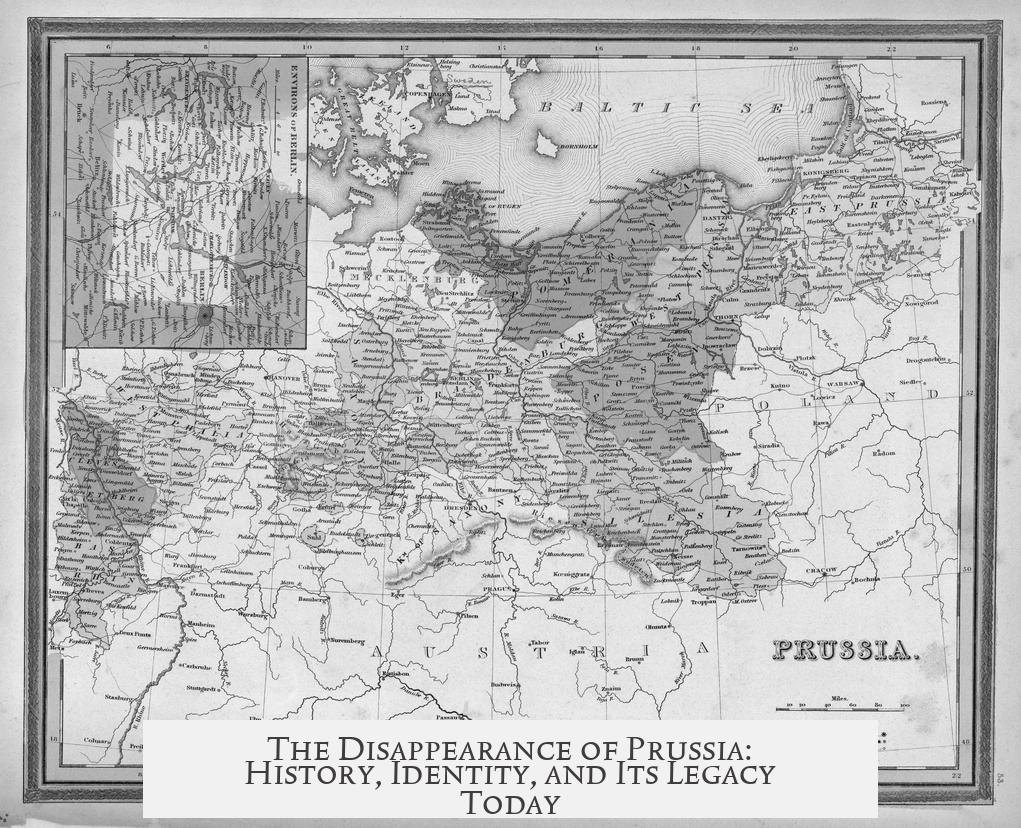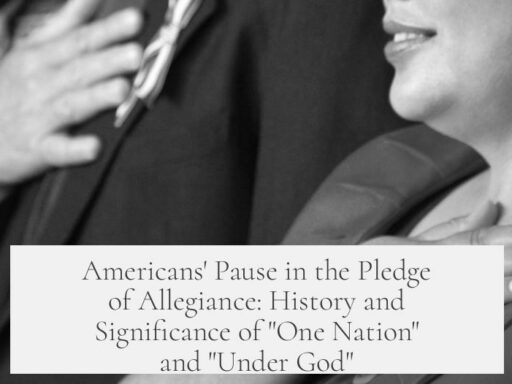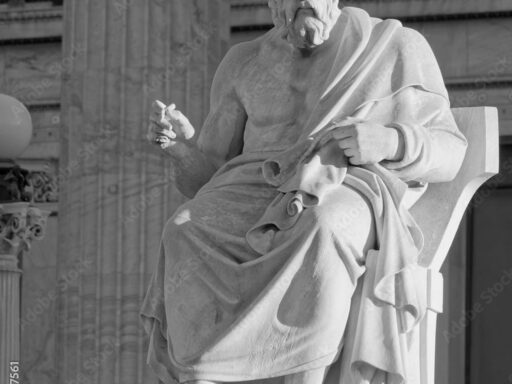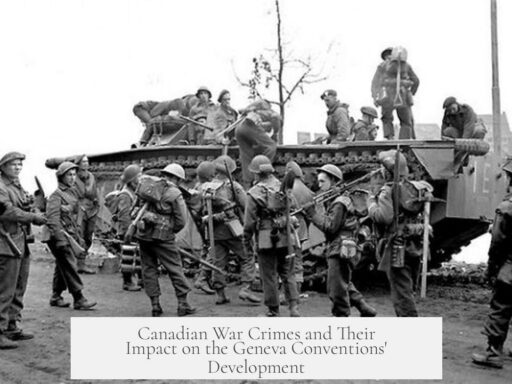The Prussians as a distinct group and political entity effectively ceased to exist after World War II, following the dissolution of the Kingdom of Prussia by the Allied powers. This dissolution aimed to dismantle what was perceived as a militaristic and authoritarian legacy that had contributed to Germany’s path toward Nazism. Despite the administrative and political disappearance of Prussia, some cultural and regional identities linked to East and West Prussia persist today, supported by organizations and museums dedicated to preserving this heritage.
Prussia was once a powerful kingdom that played a central role in forming the German Empire. It was not a homogenous region but a patchwork of diverse territories, including areas that are now part of modern Germany and Poland. The name “Prussia” originally referred to a Baltic non-Germanic group, conquered in the Baltic Crusades. Over time, through the secularization of the Teutonic Order and the rise of the Brandenburg electors, these disparate lands were united into the kingdom known as Prussia.
Before Germany’s unification, Prussia’s territory included a wide variety of peoples and identities. Its provinces ranged from largely Germanized western regions like Brandenburg and Schleswig-Holstein to eastern areas such as East Prussia and West Prussia with more mixed populations, including Polish and Kashubian minorities. For example, West Prussia was only halfway Germanized around 1910, and East Prussia included speakers of both Middle German and Low German dialects. Despite this diversity, Prussia was the dominant political force in the German Empire, so much so that the empire was often identified directly with Prussia itself.
After World War II, the Allied powers decided to abolish Prussia as an administrative unit. The rationale was that Prussian institutions had maintained militaristic structures and a strong aristocratic influence that hindered Germany’s development into a liberal, modern nation-state, unlike other European countries such as France or Great Britain. While this interpretation is debated among historians, it influenced the Allies’ postwar policies. The territory of Prussia was divided, with parts incorporated into Poland, the Soviet Union, and the new federal states of West Germany.
Despite the dissolution, some cultural memory and regional identities connected to East and West Prussia survive. These are mostly maintained by organizations, museums, and publications that aim to preserve the history and cultural heritage of the Prussian provinces. For instance:
- The Landsmannschaft Ostpreußen supports East Prussian identity through archives, a weekly newspaper (Preußische Allgemeine Zeitung), and a youth wing (Bund Junges Ostpreußen).
- Museums in Lüneburg (Ostpreußisches Landesmuseum) and Ellingen (Kulturzentrum Ostpreußen) offer exhibits on East Prussian culture and history.
- The Westpreußische Gesellschaft promotes West Prussian cultural traditions via awards, an almanac, and a magazine (Der Westpreuße).
- A Bavaria-based foundation (Ost- und Westpreußische Stiftung) represents both East and West Prussian interests, featuring multilingual resources in German, Polish, and Russian, addressing the populations currently living in the former Prussian territories.
The expulsions of Germans from East Prussia after 1945 dispersed these communities across Germany, particularly toward the north and northwest. Some sources mention Bavaria as the “godparent” state for East Prussian refugees, indicating a linkage aimed at preserving cultural bonds despite geographic displacement.
| Aspect | Details |
|---|---|
| Pre-WWII Composition | Multi-ethnic and diverse provinces including Brandenburg, Hessen, Ostpreußen, Westpreußen |
| Post-WWII Fate | Prussia dissolved; territories divided among Poland, Soviet Union, East and West Germany |
| Legacy | Prussian administrative dissolution; cultural identities survive via organizations and museums |
| Contemporary Identity | East and West Prussian identity promoted by diaspora groups, youth organizations, and cultural societies |
Today, the identity of “Prussians” no longer exists as a sovereign or political reality but lingers in cultural memory. The complexities of Prussia’s historical character—both as a ruling kingdom and as a region with varied populations—make its story unique. While political Prussia was disbanded to prevent militarism, the cultivation of regional culture and history continues substantially, particularly among displaced communities and their descendants. These efforts aim to keep alive a sense of heritage linked to the once powerful kingdom.
- Prussia was dissolved after World War II due to perceived militaristic legacies.
- Its territory was ethnically diverse, spanning modern Germany and Poland.
- Prussia formed the core of the German Empire but was not culturally uniform.
- East and West Prussian identities remain through cultural groups and museums.
- The postwar expulsion scattered Prussian Germans, who maintain cultural ties today.
What Happened to the Prussians? A Journey Through History and Identity
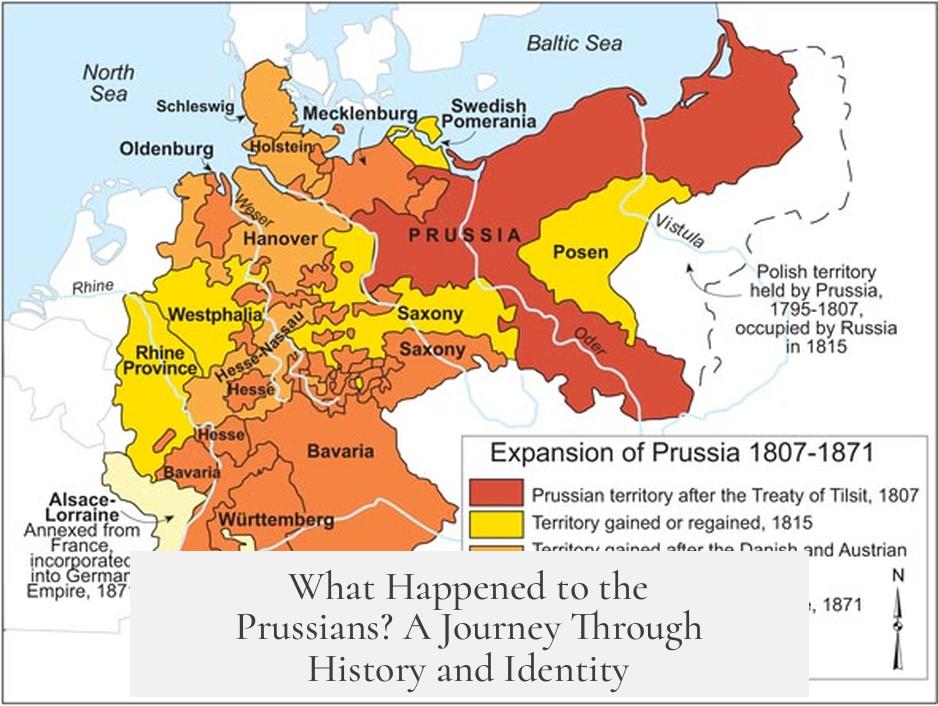
The short answer: Prussia as a political entity was dissolved after World War II, but the Prussian identity and culture still echo today through various groups and museums, especially those focused on the former East and West Prussian regions.
But let’s unpack that because the story of the Prussians is far more tangled than a plate of spaghetti. It’s a tale that mixes shifting borders, evolving identities, and political upheavals that reshaped Europe. So, what *really* happened to the Prussians?
The End of Prussia as a Political Force
After World War II, the Allied powers decided to dismantle Prussia. Why? They believed that Germany’s troubled path — culminating in the rise of Nazism — had roots in Prussia’s militaristic heritage. Unlike nations like France or Great Britain that moved away from aristocratic militarism into modern liberal states, Germany’s Prussian core was seen as a relic that kept old military values alive, which arguably helped facilitate the Nazi era.
The Allies saw Prussia as a “bad influence,” a symbol of the very institutional militancy that stoked the fires of German aggression. So, in the postwar reshuffle, they dissolved Prussia administratively to prevent its old power from influencing Germany’s future again.
Drilling Deeper: What Was Prussia Before It Was Dissolved?
The Kingdom of Prussia wasn’t a tidy little kingdom with a single identity, either. It was more of a patchwork quilt of states across what is today Germany and parts of Poland. The name “Prussia” itself has a curious origin: it referred to a non-Germanic Baltic group who were conquered during the Baltic crusades. Eventually, the Elector of Brandenburg united this territory, which later evolved into the Kingdom of Prussia. So, don’t think of Prussia as one singular, uniform place — it was a mix of cultures, languages, and regions.
Imagine a place where Brandenburg, Hessen, and Schleswig-Holstein coexisted with more rural, Polish-speaking areas in West Prussia or Middle German dialects in East Prussia. This diversity made it difficult for a strong, unified “Prussian identity” to take hold, especially before Germany was unified in 1871.
Imperial Germany Was Basically Prussia Plus
When people say Prussia “dominated” Imperial Germany, they’re understating it. Imperial Germany, in essence, was Prussia with some other regions tacked on. This kingdom was the powerhouse behind German unification and the backbone of the empire. However, within Prussia itself were distinct provinces — thirteen in total — each with its own culture and identity.
Two notable provinces were East Prussia (Ostpreußen) and West Prussia (Westpreußen). They were largely rural and had a different feel from the bustling Western provinces. Less than 10% of Prussia’s population lived there in 1910. Plus, the population wasn’t exclusively German—West Prussia was only halfway Germanized, with many Polish and Kashubian speakers. East Prussia’s residents sometimes spoke Middle German dialects rather than Low German, showing even more linguistic variety.
Are Prussians Still Around? Yes, But Mostly in Memory and Culture
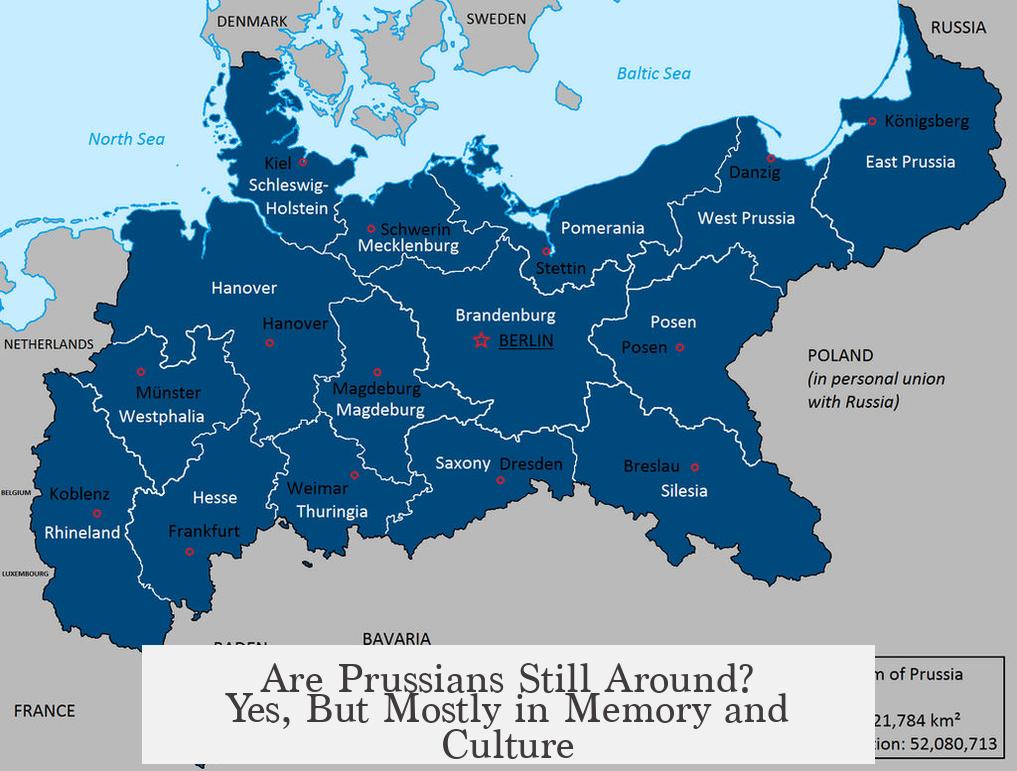
Despite the official dissolution of Prussia, cultural and regional identities tied to East and West Prussia persist. How, you ask? Through organizations, museums, and communities dedicated to preserving the memory of this lost region and its unique culture.
For example, the Landsmannschaft Ostpreußen (East Prussian Homeland Association) offers a treasure trove of resources, including photo archives (here), a weekly newspaper, and even a youth wing aiming to keep the East Prussian culture alive. Meanwhile, museums in Lüneburg and Ellingen (in Bavaria) showcase East Prussian history and traditions.
West Prussia has its advocates too. The Westpreußische Gesellschaft promotes West Prussian culture via awards, publishing almanacs, and running a magazine (The West Prussian).
Interestingly, some halls of memory are based in Bavaria, a region that ironically supported displaced peoples from East and West Prussia after the war. There’s even a Bavarian foundation representing both East and West Prussian heritage, with resources in German, Polish, and Russian. This inclusivity points to modern efforts to reach both displaced descendants and current locals in those regions.
The Human Element: Displacement and Identity
After World War II, many Germans living in Gdańsk (formerly Danzig, West Prussia) were expelled. Most resettled in northern and northwestern Germany. Some references call Bavaria the “godparent land” of East Prussia, highlighting its role in sheltering displaced East Prussians. This movement complicated identity even further but didn’t snuff it out.
The efforts of these displaced individuals and groups resemble a cultural “lost cause” movement. They treasure their heritage and strive to maintain it despite the geographical and political upheavals. So yes, East and West Prussian identities haven’t vanished. They thrive quietly amid modern Germany’s diverse cultural tapestry, carried by proud descendants armed with nostalgia and archival websites.
Why Does This Matter Today?
Understanding what happened to the Prussians goes beyond history lessons. It teaches us how political decisions and the redrawing of maps can redefine identities. It also shows how regions once seen as militaristic might still foster valuable cultural legacies worth preserving.
Have you ever wondered why Germany looks so different today than the fragmented states of the past? Or how a kingdom known for its military discipline shaped an entire nation’s trajectory? The dissolution of Prussia uncovers answers to these questions—the mix of power, culture, and identity underpins modern Europe.
So next time someone asks, “What happened to the Prussians?” you can tell them, “They were dissolved on the map but live on in history books, museums, and in the hearts of people who remember their complex, fascinating heritage.”
After all, history rarely ends; it just changes shape.

